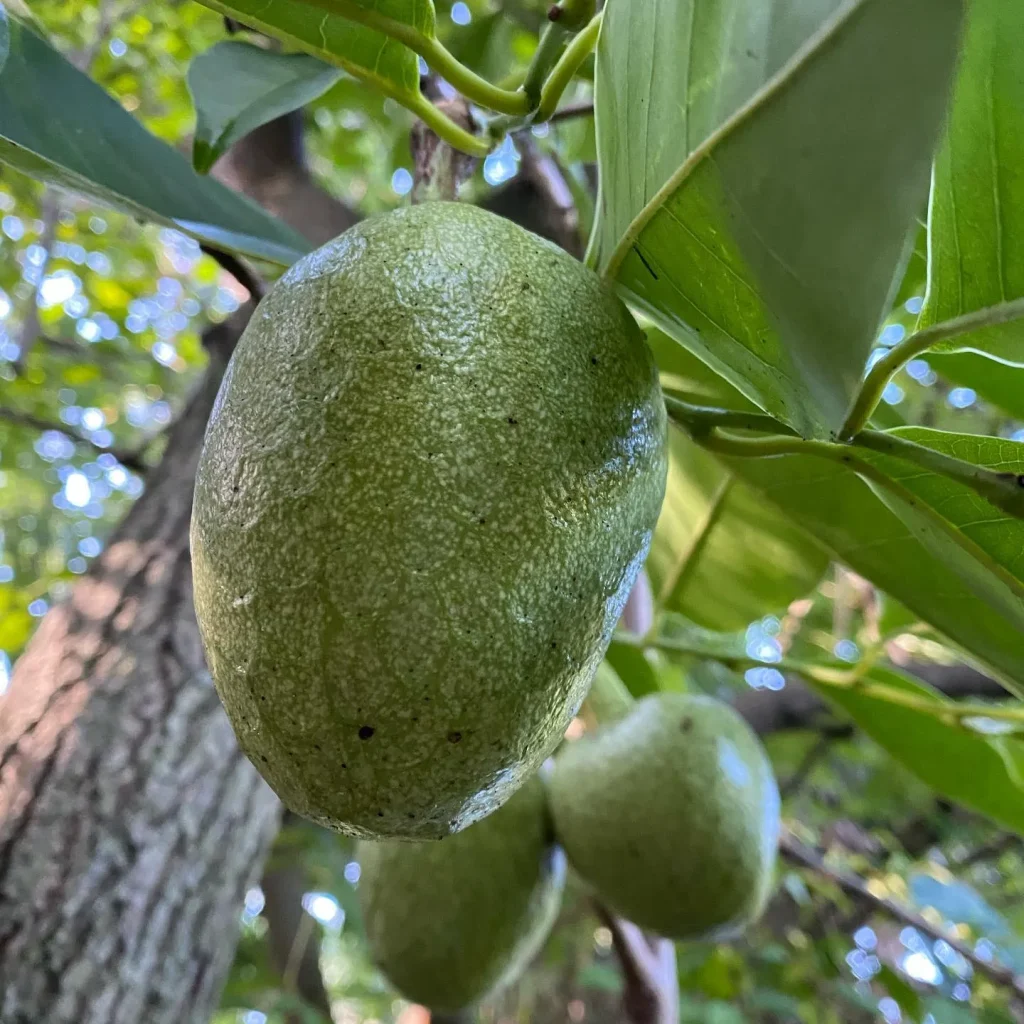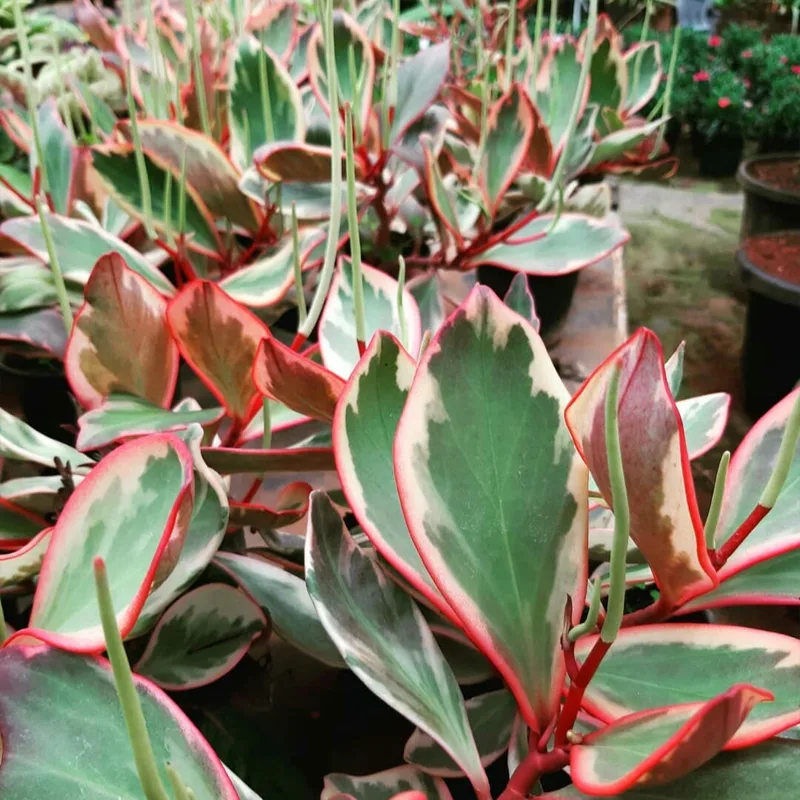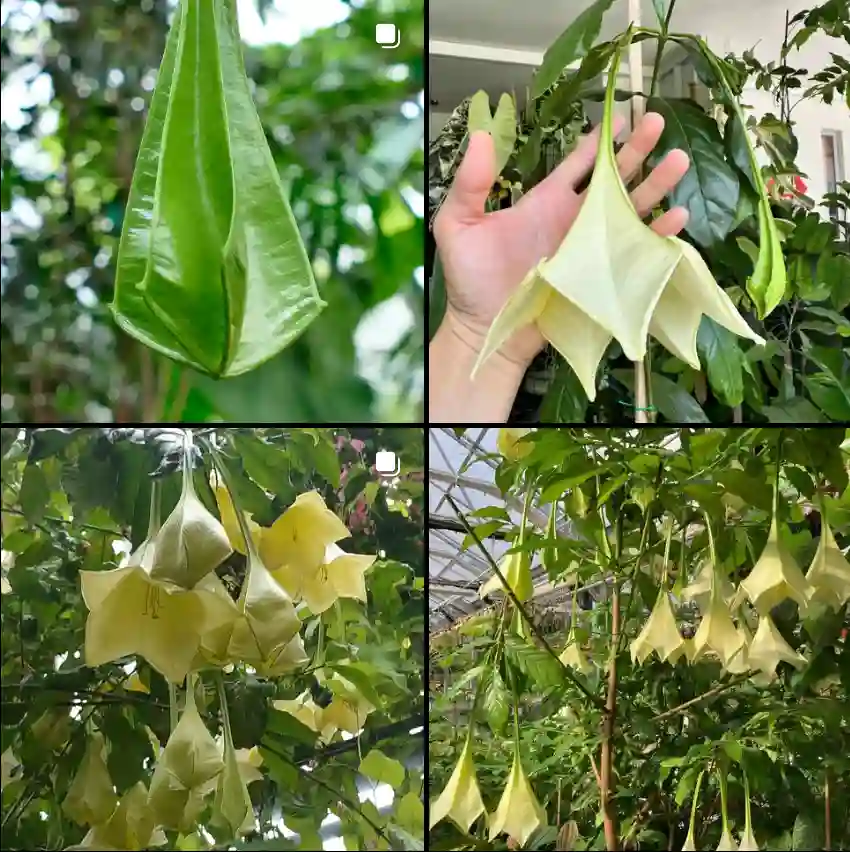Black Walnut FAQs: A Comprehensive Guide
Black Walnut – Juglans Nigra belong to the Juglandaceae family, is a tree that stands out not just for its towering presence but for the myriad uses and benefits it offers. As someone who has spent considerable time working with and learning about Black Walnut, I’ve come across numerous questions from those curious about its properties. In this guide, I’ll tackle some of the most frequently asked questions about Black Walnut, diving into its uses, benefits, and the many ways it compares to other types of wood.
Plant Family: 9 Genera in Juglandaceae
Is Black Walnut Good Firewood?
One of the first questions that often comes up is whether Black Walnut makes good firewood. The short answer is yes, Black Walnut is a decent choice for firewood, but it’s not the best. It burns hot and slow, which is what you want in firewood. However, it doesn’t produce as much heat as oak or hickory. Some people are hesitant to burn Black Walnut because of its value as lumber, but if you have scraps or smaller branches, it’s a good option.
How Much Is Black Walnut Worth?
Black Walnut is one of the most valuable hardwoods in North America. Its worth depends on several factors, including the size, quality, and grade of the wood. High-quality Black Walnut logs can fetch a high price, sometimes several thousand dollars per log, especially if the wood is clear of knots and has a dark, rich color. It’s often used in high-end furniture, cabinetry, and gunstocks, which contributes to its high market value.
How to Make a Black Walnut Tincture?
Making a Black Walnut tincture is a simple process. The tincture is often used for its potential health benefits, particularly for cleansing parasites. Here’s a basic recipe:
- Harvest Black Walnut Hulls: Collect green, soft hulls from the nuts.
- Chop the Hulls: Cut them into small pieces.
- Fill a Jar: Place the chopped hulls in a glass jar and cover them with high-proof alcohol like vodka.
- Seal and Store: Seal the jar and store it in a cool, dark place for 6-8 weeks, shaking it occasionally.
- Strain and Bottle: After the tincture has steeped, strain the liquid into a dark glass bottle for storage.
Is Burning Black Walnut Wood Toxic?
Burning Black Walnut wood can release juglone, a compound that is toxic to some plants and animals. While it’s generally safe for humans, those with sensitivities or respiratory issues might want to avoid inhaling the smoke. It’s also worth noting that the ash can be toxic to plants, so it’s not recommended to use it in compost or as a garden amendment.
How Does Black Walnut Kill Parasites?
Black Walnut is often used in natural medicine for its antiparasitic properties. The hulls contain compounds like juglone and tannins that can create an inhospitable environment for parasites, effectively killing them. Black Walnut tincture is a common remedy for internal parasites, though it should be used with caution and ideally under the guidance of a healthcare professional.
Can Goats Eat Black Walnut Leaves?
Goats can technically eat Black Walnut leaves, but it’s not recommended. The leaves contain juglone, which can be toxic to livestock, particularly in large amounts. If you have Black Walnut trees near your grazing areas, it’s best to keep goats away from fallen leaves and nuts to prevent potential poisoning.
How to Make Black Walnut Ink?
Making Black Walnut ink is a rewarding process that results in a beautiful, natural ink with a rich, brown color. Here’s how to do it:
- Collect Black Walnut Hulls: Use the outer hulls of the nuts.
- Boil the Hulls: Place the hulls in a pot, cover them with water, and simmer for several hours until the water reduces and darkens.
- Strain the Liquid: Remove the hulls and strain the liquid through a fine cloth.
- Add a Fixative: To help preserve the ink, add a small amount of alcohol or vinegar.
- Bottle the Ink: Store the ink in a glass bottle for use.
How to Make Black Walnut Syrup?
Black Walnut syrup is a unique and flavorful alternative to maple syrup. The process is similar to making maple syrup but requires more sap:
- Tap the Trees: In late winter, tap the Black Walnut trees to collect sap.
- Boil the Sap: Simmer the sap over low heat for several hours, skimming off any foam, until it reduces to a syrup consistency.
- Strain and Bottle: Once thickened, strain the syrup and store it in glass bottles.
Is Black Walnut Good for Cutting Boards?
Black Walnut is an excellent choice for cutting boards. It’s durable, has a natural resistance to bacteria, and is gentle on knives. Plus, its dark, rich color makes for a visually appealing board. It’s a popular choice among woodworkers for making high-quality, long-lasting cutting boards.
What Is Black Walnut Wood Used For?
Black Walnut wood is prized for its beauty and workability. It’s commonly used in high-end furniture, cabinetry, gunstocks, and musical instruments. The wood is strong, stable, and easy to work with, making it a favorite among woodworkers and craftsmen.
Black Walnut vs Walnut
When comparing Black Walnut to other types of walnut, Black Walnut typically stands out for its darker color and richer grain. It’s often more sought after than other walnut species, making it more expensive.
Black Walnut vs English Walnut
Black Walnut is darker and harder than English Walnut. English Walnut is lighter in color and often used for furniture that requires a lighter finish. Both are valuable, but Black Walnut is generally considered superior in terms of strength and durability.
Black Walnut vs Butternut
Butternut, also known as White Walnut, is a lighter, softer wood compared to Black Walnut. It has a pale, almost golden color, while Black Walnut is darker and more durable. Butternut is easier to carve, making it a favorite for woodcarving projects.
Black Walnut vs Tree of Heaven
Tree of Heaven is a fast-growing, invasive species with wood that is much less valuable and durable than Black Walnut. Black Walnut is denser, stronger, and has far more commercial value. The two woods are quite different in terms of quality and usage.
Black Walnut vs White Walnut
White Walnut, or Butternut, as mentioned earlier, is lighter in color and softer than Black Walnut. It’s easier to work with but less durable and not as richly colored.
Black Walnut vs American Walnut
When comparing Black Walnut to American Walnut, they’re often the same, as Black Walnut is a type of American Walnut. However, the term “American Walnut” can sometimes refer to other walnut species in the U.S., which might be lighter and less dense.
Black Walnut vs Ash
Ash is a lighter wood, both in color and weight, compared to Black Walnut. While Ash is strong and shock-resistant, it doesn’t have the same rich, dark grain as Black Walnut, making the latter more desirable for fine woodworking.
Black Walnut vs Black Locust
Black Locust is a very hard and durable wood, even harder than Black Walnut. However, it doesn’t have the same aesthetic appeal. Black Walnut is preferred for furniture and decorative work, while Black Locust is often used for outdoor applications like fence posts.
Black Walnut vs Cherry Wood
Cherry wood is known for its smooth grain and warm, reddish-brown color. It’s softer than Black Walnut and darkens over time. Both are excellent for furniture, but Black Walnut offers a darker, more uniform color.
Black Walnut vs Claro Walnut
Claro Walnut is a variation of Black Walnut found primarily in the western U.S. It’s known for its striking grain patterns and color variations. While Black Walnut is typically darker and more uniform, Claro Walnut can have a mix of light and dark streaks, making it highly sought after for unique, custom pieces.
Black Walnut vs Green Walnut
Green Walnut refers to the unripe state of the walnut nut or wood. Black Walnut, when fully matured, is darker and harder. Green Walnut wood is not typically used for the same purposes as fully matured Black Walnut.
Black Walnut vs Hickory
Hickory is one of the hardest and most durable woods, often used for tool handles and flooring. It’s lighter in color and less expensive than Black Walnut. Black Walnut is preferred for fine woodworking, while Hickory is chosen for its strength and shock resistance.
Black Walnut vs Mahogany
Mahogany is a prized wood for furniture making, known for its deep reddish-brown color and fine grain. It’s softer and easier to work with than Black Walnut. Both are premium woods, but Black Walnut’s darker tone and American origin make it more popular in the U.S.
Black Walnut vs Oak
Oak is a very hard, durable wood with a coarse grain. It’s often used for flooring and furniture but lacks the dark, rich color of Black Walnut. Oak is more widely available and less expensive, but Black Walnut is preferred for high-end projects.
Black Walnut vs Pecan
Pecan wood is related to Hickory and shares its hardness and strength. It’s lighter in color and less valuable than Black Walnut. Black Walnut is chosen for its aesthetic qualities, while Pecan is often used in more utilitarian applications.
Black Walnut vs Sumac
Sumac wood is not commonly used in woodworking, and it’s much softer and less durable than Black Walnut. The two are not often compared because they serve very different purposes, with Black Walnut being far superior for most woodworking applications.
Black Walnut vs Wormwood
Wormwood is not typically used for its wood but for its aromatic properties in making absinthe and other herbal remedies. It’s not comparable to Black Walnut in terms of woodworking, where Black Walnut is a premium choice.
Conclusion
Black Walnut is a versatile and valuable tree, offering numerous benefits and uses, from high-end woodworking to natural remedies. Whether you’re crafting a beautiful piece of furniture or making a potent tincture, understanding the properties of Black Walnut can enhance your appreciation and application of this remarkable tree.
If i die, water my plants!



